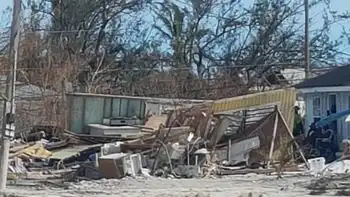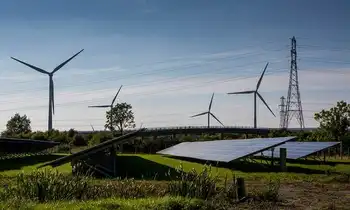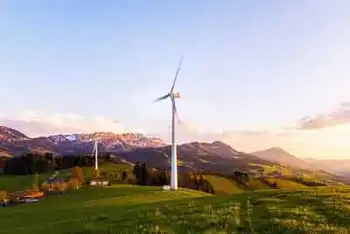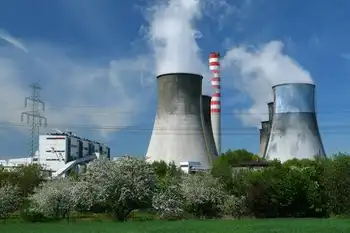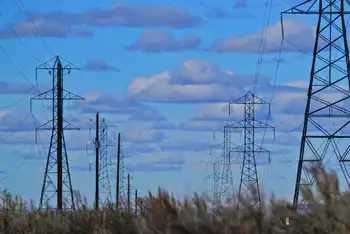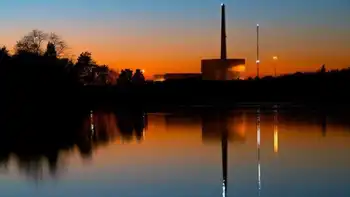GE Hitachi advances new nuclear design
By Reuters
CSA Z463 Electrical Maintenance -
Our customized live online or in‑person group training can be delivered to your staff at your location.

- Live Online
- 6 hours Instructor-led
- Group Training Available
GE Hitachi said the submission marks a milestone in the company's effort to move forward with the 1,520-megawatt design which two U.S. utilities have selected to use for two new nuclear plants, some of the first reactors proposed after a three-decade lapse in U.S. nuclear expansion.
Two other U.S. utilities dropped the ESBWR design fearing that the time needed to obtain NRC certification would slow their efforts to pursue construction of new reactors.
GE Hitachi, a venture of General Electric Co and Hitachi Ltd, said that the ESBWR design's advanced safety features and cost-saving advantages "are key in delivering the next generation of nuclear reactors worldwide."
Nuclear reactors generate about 20 percent of U.S. electricity and proponents say nuclear power is attractive because it emits none of the heat-trapping carbon dioxide that comes from power plants that burn coal and natural gas.
"As the United States debates energy policy, nuclear power should play a pivotal role, as nuclear generates virtually carbon-free electricity," said Jack Fuller, chief executive of the GE Hitachi alliance.
Detroit Edison of Michigan and Dominion Energy of Virginia have submitted construction license applications using the ESBWR technology. NuStart Energy, a U.S. Energy Department-supported consortium, also supported the ESBWR design.
Exelon Corp, the largest U.S. nuclear operator, dropped the ESBWR technology last year for a proposed new reactor in Texas while Entergy Corp suspended its NRC license application after being unable to reach agreement with GE Hitachi Nuclear on commercial terms for a proposed new plant in the Southeast.
Exelon called the ESBWR design "promising," while Entergy said its decision was not a criticism of the design.
Wilmington, North Carolina-based GE Hitachi Nuclear has two nuclear designs, the ESBWR and the 1,350-MW Advanced Boiling Water Reactor (ABWR) design which was certified by the NRC in 1997 and is operating in Japan.
Compared with typical U.S. nuclear reactors operating now, GE Hitachi said the ABWR and ESBWR designs are expected to have 30 to 40 percent lower operating and maintenance costs per kilowatt-hour thanks to an increased capacity factor and simpler systems.





